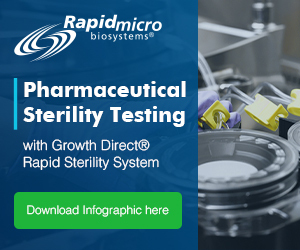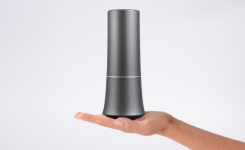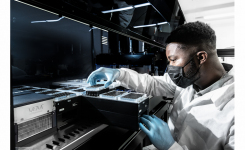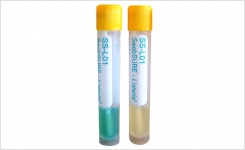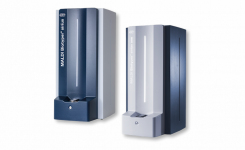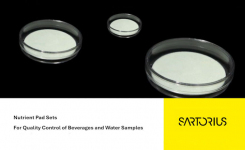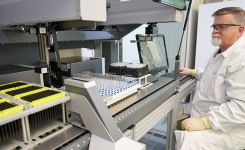Biolog Identifies Bacterium Contaminating Kidney Dialysis Clinic
go back to news archives| A paper published last month in the journal Medicine (Volume 88, Number 4, July 2009) by a team of Stanford University doctors and researchers used the Biolog System to identify a Halomonas bacterium causing a contamination problem in their Renal Care Center in San Jose, CA. The Stanford team first tried unsuccessfully to identify the bacterium using their standard hospital microbial identification system. Then, they tried the Biolog system and obtained an identification of Halomonas, which subsequently was verified by 16s rDNA sequencing, a more difficult and costly molecular identification method. Hospitals routinely use microbial identification systems that can only identify about 300 bacterial species. Biolog´s newest identification system, called the GEN III™ System can identify 1,044 species. It is also the easiest system to use as it is built around a single test panel that can be used to identify both Gram-negative and Gram-positive bacteria without a Gram stain. 'No one knows how many bacteria are misidentified every day by hospital laboratories using their standard test kits with very limited databases,' said Barry Bochner, Ph.D., CEO and CSO at Biolog. 'It is well documented that environmental bacteria can and do cause medically relevant situations of contamination and infection. Biolog has the only microbiology test kits with the capability to identify environmental as well as known pathogenic bacterial species infecting humans, animals, and even plants. The much larger database is an important feature to Biolog´s customers, which work in diverse disciplines of microbiology.' The bacterial contaminant found by the Stanford team, Halomonas, is typically found in high salt environments such as salt ponds. Normally, one would not expect to find Halomonas in a hospital clinic. In this case, the authors believe that the bacterium was a contaminant of the sodium bicarbonate solutions that they routinely use to prepare dialysis fluid. 'Bacteria are enterprising, and they will get into and thrive in any environment that they can adapt to and grow in,' adds Bochner. 'This is why it is important for microbiology labs to use identification methods with broader capabilities. It is not reasonable to assume that environmental bacteria will not find ways to cause contamination and infections.' |
NOTE: This item is from our 'historic' database and
may contain information which is not up to date.
Source : Biolog Inc. View Company Information
Posted on September 1, 2009



